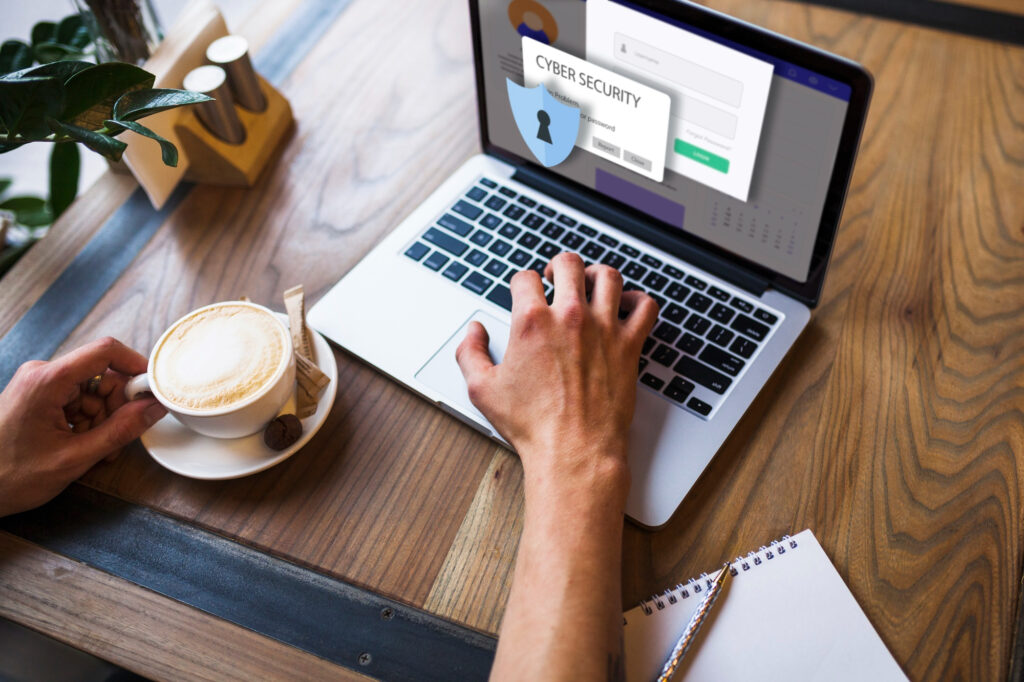Are you wondering “How do I train my employees for cyber security?” Well, are your employees enrolled in continuous cybersecurity training? If you answered no, you are left vulnerable to a wide array of cyberattacks. With 90% of data breaches caused by human error, your employees must be up to date on the latest cybersecurity risks and threats they are facing. Cyber attacks are more likely to occur because of employee actions rather than a direct attack on your organization. Do your employees know how to spot a phishing email?
As cyberattacks are on the rise, and remote work is leading to more digital rather than physical perimeters, it has never been more critical to continuously train your employees on cybersecurity. After all, it only takes one innocent click on a phishing email or one compromised password to leave the entire network vulnerable. One of the most infamous recent examples of this is the SolarWinds attack in February 2021. SolarWinds was a sophisticated attack of foreign nation-state attackers that triggered a large supply chain issue affecting multiple organizations including the U.S. government. The attackers took advantage of a vulnerability in SolarWinds’ IT monitoring system. While there were many factors at play, one of the most preventable factors was that an intern had been using the password “solarwinds123” which was later leaked online.

How Do I Train My Employees for Cyber Security?
#1: Continuous Cybersecurity Training
When it comes to how often you should offer cybersecurity training for employees, we always recommend continuous training. It’s not sufficient to do an annual cybersecurity training and check it off the list. Your aim with cybersecurity training for employees is to raise awareness and emphasize the importance of cybersecurity best practices. A once-a-year meeting doesn’t exactly convey the high level of business importance that is cybersecurity.
While it might be a bit more effort and expense to offer continuous training, the payoff is worth it. The average cost of a cybersecurity breach caused by human error is over $3 million. In this case, an ounce of prevention really is worth a pound of cure.
Implementing continuous cybersecurity training will dramatically increase your security posture by adding an extra layer of defense to your security stack. Security awareness training reduces phishing susceptibility by 50%, with your employees aware of how to spot today’s phishing emails, you are less likely to be hit with a cyber attack. Continuous cybersecurity training allows you to identify and prevent employee vulnerabilities before they cause a breach. Employees are your front line of defense and ultimately can be what destroys your business if they are not trained properly. You are only as strong as your weakest link. One-and-done cybersecurity trainings leave employees unaware of the threats they are facing today. Continuous cybersecurity training, whether it’s once a week or once a month, keeps cybersecurity top of mind. We offer some the best cybersecurity training in the industry. This is the true answer to the question, “how do I train my employees for cyber security?”
#2: Create Best Practices for Your Employee Cyber Security
To instill continuous cybersecurity training in your organization, we recommend creating a culture of awareness and reporting. When it comes to cybersecurity, it’s better to be safe than sorry.
- Raise awareness. The best thing you can do to improve your employee cybersecurity is to raise awareness of potential attacks. Just by making your organization more alert, you can drastically reduce the likelihood of a breach.
- Create clear channels of communication for reporting issues. First, make it clear where employees can go when they do come across any potential issues. Whether that is an email or a slack channel, what’s most important is that your employees know where to go.
- Encourage best practices. Encourage your employees to set secure passwords and regularly rotate them. Consider using a password management tool to help make it easier for them to manage multiple, unique, secure passwords.
#3: Zero Trust Security
What is zero trust security? Zero trust security is based on the principle of maintaining strict access controls and not trusting anyone (even insiders). We divide zero trust security into 3 categories: verifying users, validating devices, and limiting access. Each category has its own purpose when it comes to having a secure work environment. Verifying users can be done by using MFA or multi-factor authentication. MFA requires a second source of user identification before allowing access to a website or application. This can be done via text message, email, or phone call. Using MFA adds an additional security layer to your user accounts. The process of validating devices means making sure only approved devices are used by internal users. Employees cannot use personal devices for work matters, this lessens the chances of being hit by a cyberattack on an unsecured device. Limiting Access consists of limiting the access of employee files and applications. For example, do not give access to accounting files to anyone other than employees working directly with those accounting files. Unless it is necessary for their job, access to files and applications should not be given.
Around 95% of cybersecurity breaches are due to human error, according to the IBM Cyber Security Intelligence Index Report. You could have the most complex cybersecurity infrastructure and tools and yet a single employee’s mistake could let in a hacker. Many common mistakes are unintentional, but they are also completely avoidable. For instance, your employees could fall prey to phishing, lack of awareness, stolen or duplicated passwords, insecure passwords, etc. Educating your employees on these avoidable mistakes can help prevent an incident like SolarWinds in the future.
#4: Evaluate Your Current Risk
Let’s face it, the majority of employees in your organization are not IT experts. They cannot know everything there is to know about protecting the business from cyber-attacks. However, they can be alert and aware of best practices. By offering continuous employee cyber security training, you can strengthen your first line of defense. But the first step is gauging your employee’s current knowledge, so you know where to start in employee cybersecurity training. Reach out for a free security and risk assessment to see where your business is currently vulnerable to cyber-attacks.

What Cybersecurity Threats Are My Employees Facing?
Phishing Attacks
50% of internet users receive at least one phishing email a day, all it takes is one click on a malicious attachment for your business to then be hit with ransomware. Your employees must know the steps to take when it comes to spotting a phishing email, the days of bad grammar and misspelled words are over. Today, phishing emails look legitimate making it easy for hackers to lure victims. According to Return Path, 97% of people in the world cannot identify a phishing email. Unless you are confident in the ability of your employees to spot a phishing email, you are vulnerable to cybercriminals.
BEC (Business Email Compromise) Attacks
What is a business email compromise or BEC attack? BEC attacks are geared to trick unsuspecting employees. Hackers will impersonate CEOs or any other members of management in hopes of tricking employees to wire transfer money, purchase gift cards, or worse. Hackers will research the company’s structure so they know exactly who they are targeting in the attack.
Password Attacks
If your employees are using weak, non-complex passwords or are reusing their passwords, it is only a matter of time before you are hit with a password attack. If one set of credentials is breached and your employee is reusing those credentials, hackers will try and hack other websites and applications in hopes they are reusing those credentials. We recommend you introduce a password manager to your employees. All they have to do is remember one master password to then gain access to all of their credentials. The password manager automatically creates strong and unique passwords so you do not have to worry about employees reusing credentials.
In Summary – How Do I Train My Employees for Cyber Security
Training your employees for cyber security turns them into a human firewall that will increase the overall security maturity of your business. Hopefully this article answers all of your questions about training your employees for cyber security. If you’d like to learn more about our continuous cybersecurity program give us a call today at (479) 434-1400 or shoot us an email sales@irontechsecurity.com

